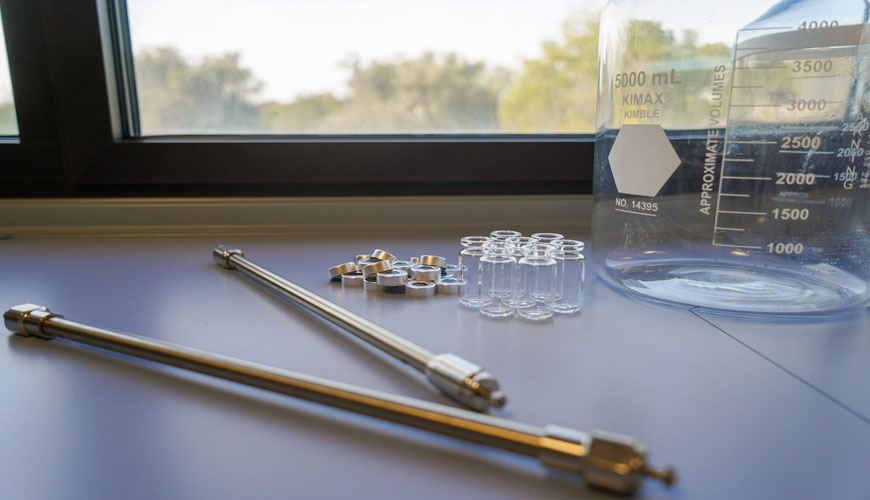

Gel permeation chromatography (GPC) determines several important parameters. These include number average molecular weight, weight average molecular weight, Z weight average molecular weight, and molecular weight distribution, which is the most basic feature of a polymer. These values are important because they affect many of the characteristic physical properties of a polymer. Subtle batch-to-batch differences in these measurable values result in significant differences in a polymer's end-use properties. A few of these properties are: tensile strength, elastomer relaxation time, brittleness, flex life, impact strength, toughness, drawability, adhesion, adhesive strength, setting time, elastic moduli, melt viscosity, hardness, softening temperature, tear strength, stress-crack resistance and friction coefficient.

Understanding the structure of a polymer is particularly important due to the variety of resins available for the same purpose, the high cost of specific resins or compounds, and the value added to the polymer during production.
The need for polymer characterization is particularly urgent when the end-use application of a polymer requires precise performance or durability under harsh conditions. Gel permeation chromatography (GPC) has become an extremely valuable tool in materials characterization in the polymer industry because it meets these needs better than any other technique.
Gel permeation chromatography separates molecules in solution based on their effective size in solution. To prepare a sample for this analysis, the resin is first dissolved in a suitable solvent. Inside the gel permeation chromatograph, dissolved resin is injected into a continuously flowing stream of solvent. The mobile phase flows through millions of highly porous, hard particles tightly packed together in a column. The pore sizes of these particles are controlled.
The width of individual peaks reflects the distribution of molecular size for a given resin and its components. The distribution curve is also known as the molecular weight distribution curve. Taken together, the peaks reflect the molecular weight distribution of a sample. The wider the molecular weight distribution, the wider the peaks. The higher the average molecular weight, the more the curve shifts along the molecular weight axis.
Thus, the molecular weight distribution profiles of the two resins can be easily compared. If the molecular weight distribution profile of an incoming resin does not adequately match the profile of the control resin, that is, a resin known to process well, the incoming resin is replaced or the processing conditions are changed to ensure that the resin processes properly.
Several requirements must be met when designing instrumentation for gel permeation chromatography. Injectors are needed to introduce the polymer solution into the flow system. Pumps deliver the sample and solvent through the columns and system. Detectors monitor and record separation. Data collection accessories automatically check the test, record the results and calculate molecular weight averages. The gel permeation chromatograph contains a number of different components that work together to provide optimum system performance with minimal effort.
The pump pumps the polymer in solution through the system. To compare data from one analysis to another, the pump must provide the same flow rates regardless of viscosity differences. The injector introduces the polymer solution into the mobile phase. The column set effectively separates sample components from each other. High efficiency columns provide maximum separation ability and rapid analysis. The detector monitors the separation process and responds to the components as they exit the column. Automated data processing equipment also provides full control of gel permeation chromatograph systems. This equipment must be able to offer special calculations for multiplexing detection, band broadening correction, special calibration routines, and polymer branching detection.
Among the numerous testing, measurement, analysis and evaluation studies provided to businesses by our organization, there are also polymer analysis and gel permeation chromatography services.
To get an appointment, to get more detailed information or to request an evaluation, you can ask us to fill in our form and reach you.